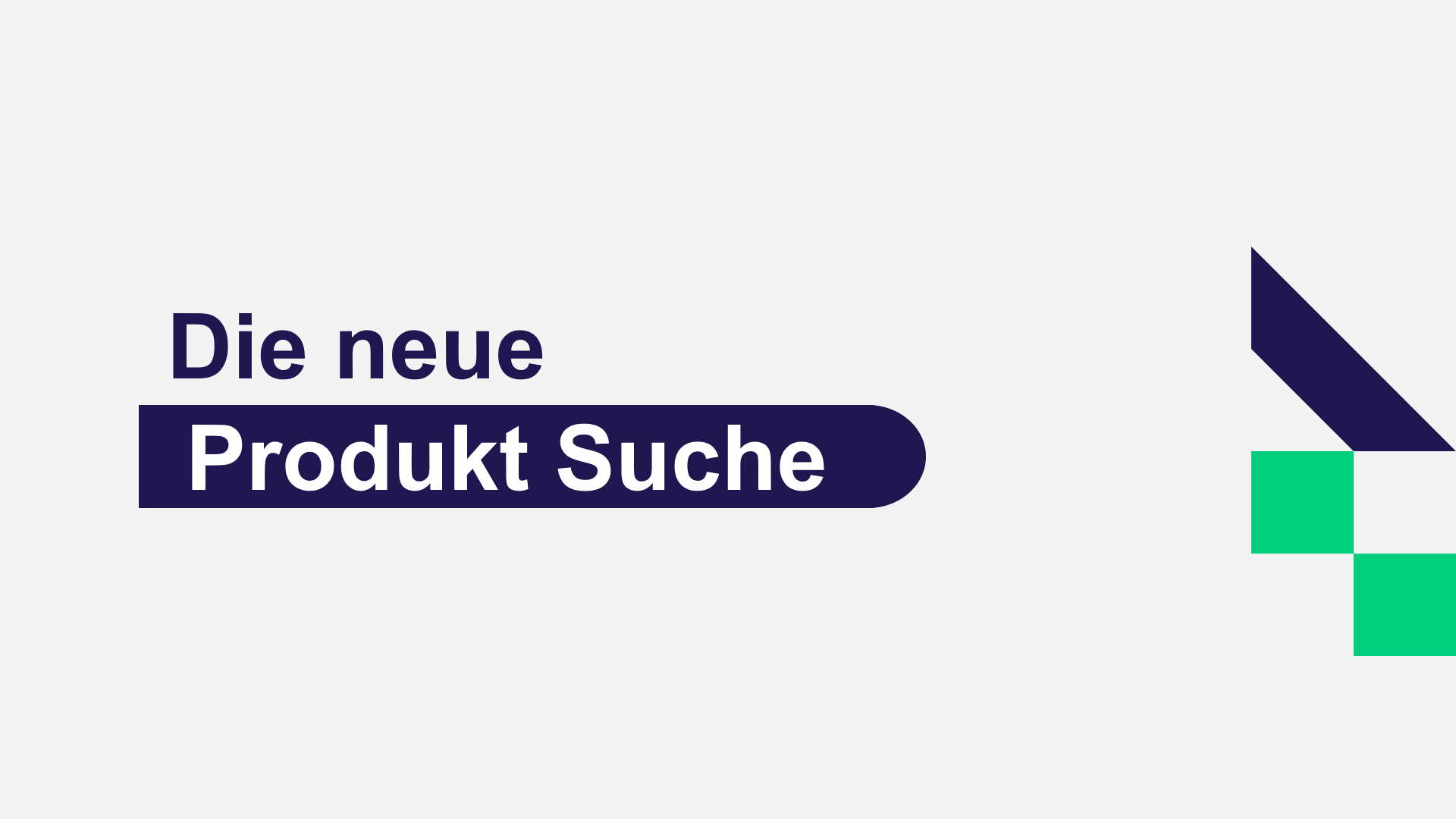Where is generative AI already being applied to capital markets?
Generative AI is going to impact the way we live, the way we work and the way we study. It is also going to impact every industry. In financial services, AI has been used for a long time, however advances in computing and research have enabled recent breakthroughs.
Large language models (LLMs) are the foundational models that power AI technology. LLMs are extremely good at processing large amounts of information and helping organizations make sense of it. Capital markets firms use a lot of research and generative AI can help them significantly improve and accelerate that research. It will help firms explore new strategies and create new content rapidly.
These organizations are also software programming intensive businesses. Generative AI helps create and improve software code rapidly. We are also seeing significant improvements in AI-led customer interactions, with a lot of new use-cases.
Where can Generative AI go next in the financial industry?
LLMs are rapidly improving and enabling advanced use-cases. Our Gemini model, which was built from the ground up to be a multi-modal model, can now process text, code, video and images. Most importantly, it has really advanced its capability for reasoning within those modalities.
Our latest AI model, Gemini 1.5, supports up to a 1 million token context window. To put that into context, it means you can load a series of books into one model and start asking it any questions you want. For example, in the future, traders and analysts will be able to upload a video of the head of the European Central Bank giving a keynote presentation and also start asking questions and interacting with the content, including previous press conferences or minutes. That speed of analyzing and accessing information is going to be tremendous for capital markets.
Organizations will also be able to develop AI agents that can analyze information and enable humans to execute tasks very, very quickly. That is going to really accelerate execution and help drive significant productivity gains.
How will AI providers like Google manage privacy concerns that arise around company use of open-source platforms?
For us, privacy and helping organizations protect their IP is extremely important. From the beginning, we've always said that there are two approaches to generative AI — one is a consumer driven approach, where people interact with an advanced chatbot to give consumers the best collaborator in the world.
The second is enterprises, which requires a different approach. Businesses need a platform that will allow them to protect their IP and they need choices of models, because it's not a one-size-fits-all situation.
Businesses need models for the right use-cases that are optimized for cost and latency. That could mean using a Google first-party model, or a third-party model, such as Stable Diffusion or an open model.
For us, it's about giving our customers options to select the right model for the right use-case. That's why we've always been a big proponent of an open platform to give choice to our customers.
Google's years of pioneering AI research and development is what enabled today's generative AI breakthroughs. Because for us, AI is about helping radically improve the lives of billions of people.
However, we also want to give enterprises a platform that's going to allow them to leverage generative AI without compromising their IP and security. That is extremely important and one of our core principles.
How fast can generative AI move from here?
The first consumer-focused chatbots were released almost a year ago and since then so much has happened. Over just the past three months, new generations of models have come out that are being used by consumers and enterprises alike. These models started with just one modality, which is text and code. Then they have added image, then video — the rapid advance of this technology is mind blowing. This rapid innovation will enable the emergence of powerful AI agents, systems of intelligence with enterprises.
It should be noted that adoption by enterprises is not happening at the same pace. Firms have to deal with a lot of different issues — they have existing systems and regulations to go through. Before embarking on these types of projects, they also have to identify the right use-cases that will drive value for their enterprise whether it’s cost savings, productivity, or new revenue streams.
However, if you look at previous technological trends, such as the internet and the cloud, generative AI is a rapidly changing area with investment coming from the top. With new techniques and research coming out, the models learn and keep getting better and better and improving, so we expect to see continued momentum across all industries.
How do you envisage the regulatory environment for AI developing in the coming years?
Regulation of AI is absolutely needed, and we would welcome it. We're part of various government bodies that were created to help shape regulation. Getting it right will require public-private partnership, so policymakers, academia, and private enterprises coming together to really help shape the right regulatory framework.
That will have to make sure that AI and generative AI is safe, not biased and helps society. At the same time, it shouldn’t hinder or slow down innovation. Finding that right balance is going to be extremely important. If we can get everyone at the same table — to really help shape the future with regulation, that would be a big win for humanity.
Join the Derivatives Forum Frankfurt on Feb 28-29 and hear more about this topic.
Speaker: Hamidou Dia, VP Applied AI Engineering at Google Cloud



